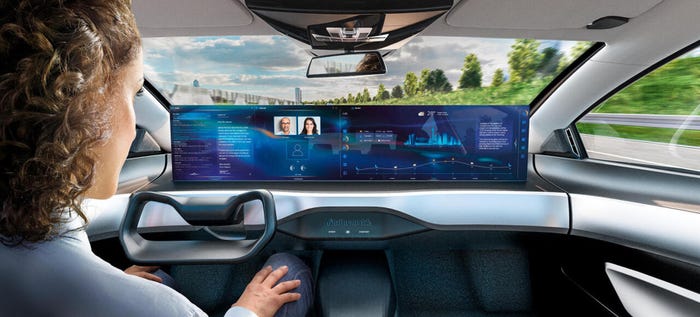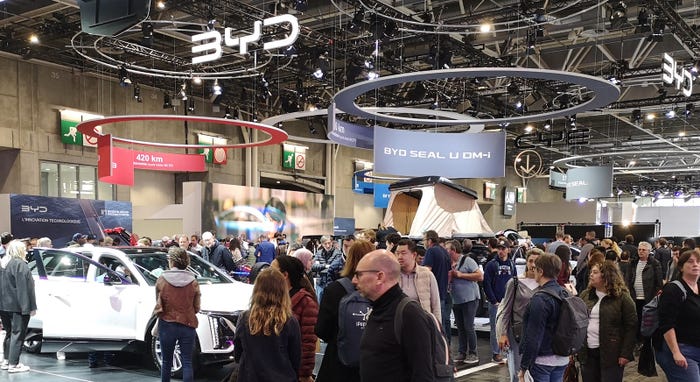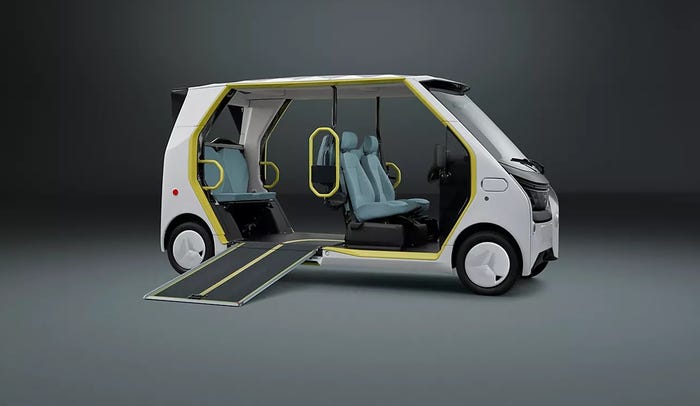The Next Step in Automotive Marketing
Reflections on advertising trends in 2023 and looking forward to 2024.
January 8, 2024

Within the fiercely competitive domain of automotive advertising, co-op advertising has been and will continue to be a cornerstone of a successful channel marketing strategy for automotive dealers. Co-op advertising, driven by automotive manufacturers’ support, has proven to be an effective tool for dealers and channel partners to engage customers, promote brands and make sales while sharing advertising costs.
In the intricate landscape of automotive marketing tiers – national, regional and local – co-op advertising supports local dealers by aligning with a brand’s national and regional campaigns. Dealers can synchronize marketing themes and offers within their specific local markets, fostering a more impactful connection with potential buyers in their area.
Co-op Advertising is Recession-proof
Co-op advertising remained viable in 2023, when dealers faced an economic recession, low inventory levels and record-high vehicle prices. Local advertising efforts can entice potential purchasers to explore showrooms, consider test drives and capitalize on the best pricing options available for vehicles in the dealer’s inventory.
While all automotive manufacturers offer some form of co-op advertising funding, the programs vary significantly in strategy and tactics from brand to brand. Despite not all dealers utilizing co-op advertising programs, participation levels remain strong, generally ranging from 50% to as high as 95%, depending on the market and size of the dealership.
Amid the turbulence in the 2023 automotive market, co-op spending has seen a 12% increase YTD, and increased vehicle pricing has made more funds available to dealerships. Dealers need to utilize co-op funds, especially near year’s end when some funding may not roll over into the following year.
As the electric vehicle market evolves, co-op advertising can play an important role in addressing consumer concerns such as pricing and mileage range. Some automakers have pulled back on EVs, including announced plans to scale back on ambitious battery plant investments. That presents an excellent opportunity for dealers to more actively promote hybrid-electric vehicles, which are gaining popularity, and utilize co-op advertising to meet consumer needs that pure EVs may not be able to fulfill, such as vehicle range.
What’s in Store for 2024?
Looking ahead to 2024, ACB anticipates a dynamic landscape marked by recent challenges such as the 46-day UAW strike that strained inventory levels. Co-op advertising will remain an important marketing component for OEMs, offering the flexibility needed to adapt to shifting market conditions, be it inventory levels, pricing dynamics or interest rates.
To maximize the benefits of co-op advertising programs, dealerships must stay on top of forthcoming programs in 2024 and collaborate closely with their respective brand representatives. Automakers hold a pivotal role in co-op ad programs, and harnessing this assistance is paramount, considering co-op ads often represent the final touchpoint before a purchase decision.
The evolving automotive landscape has changed significantly, especially in the realm of electric vehicles, creating opportunities and challenges. Consumers no longer need to visit a dealership to view or test-drive a vehicle. But for consumers who want that in-person experience, co-op ads can steer them toward the dealership, list dealership hours and provide them with up-to-date inventory levels.
Some of those factors change as the market fluctuates, so automakers and dealers may have an opportunity to focus more on a particular model, with a different focus on ad content, frequency and how much automakers will reimburse dealers for the advertising campaign.
To dealers hesitant about utilizing co-op ad funds, in 2023 we saw that dealers who engaged with salespeople to explore and test co-op programs experienced increased success, backed by the support of thriving dealerships. The involvement of dealer councils in crafting advertising campaigns is instrumental in shaping successful programs. Following the launch of an ad campaign, most automakers solicit input from dealer councils to determine the advertising campaign’s success, which helps shape future endeavors.
ACB’s experience shows that dealers who actively and consistently use co-op advertising funds are more successful than those who do not. Engaging with these programs can be a valuable strategy for dealers looking to enhance their marketing efforts and ultimately decide who succeeds in today’s ultra-competitive marketplace.
We are expecting more stability in the automotive industry in 2024 compared to 2023. With interest rates holding steady (perhaps even lowering a bit), the UAW strike ending and more inventory reaching dealer lots, the scene is set for a more “normal” year for automotive retailing.
Building on the overall increase in automotive co-op spending in 2023, we are anticipating digital advertising program spend on EVs to increase more than 10% in 2024. As we navigate the terrain of automotive marketing, the role of co-op advertising stands as a beacon, offering collaborative solutions that empower dealerships to address challenges, engage consumers and ultimately thrive in the ever-evolving automotive landscape of 2024 and beyond.

0104Industry_0.jpg
David McShane is vice president and head of sales and marketing at the Advertising and Checking Bureau.
About the Author
You May Also Like

.jpg?width=700&auto=webp&quality=80&disable=upscale)

